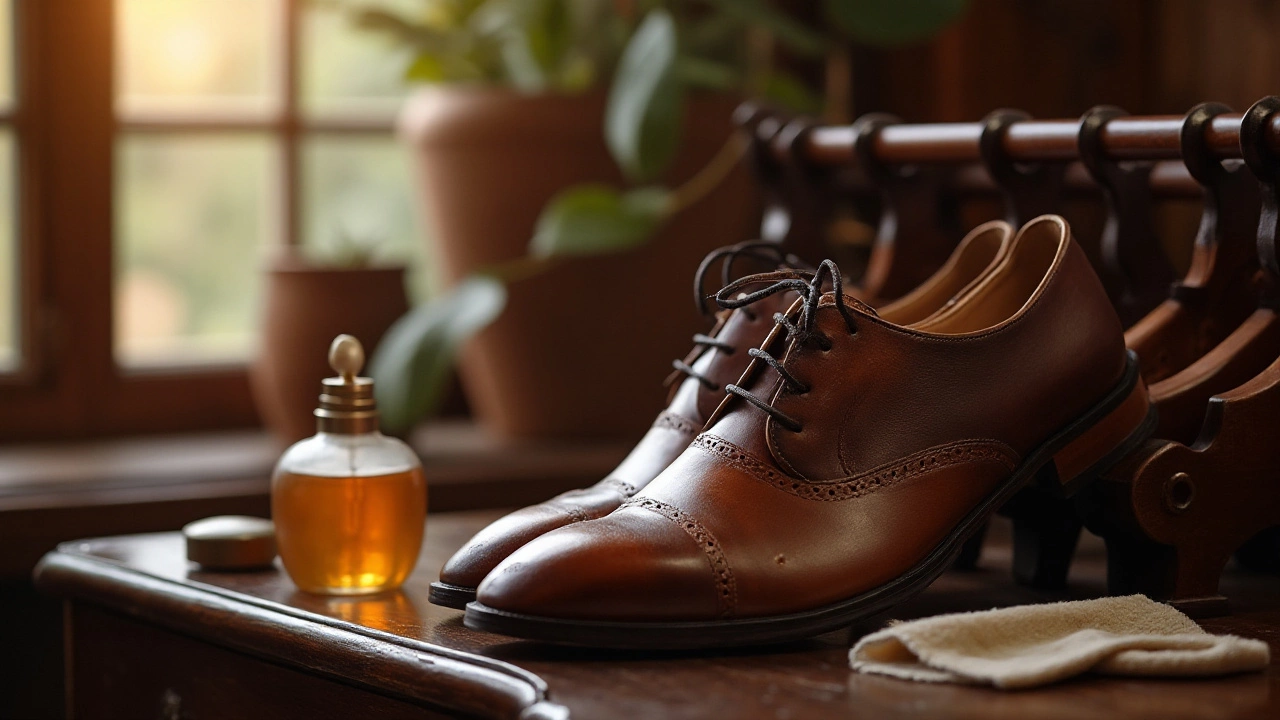Shoe Lifespan: How Long Do Shoes Really Last and How to Extend It
Ever wonder why one pair of sneakers outlasts another? The truth is, a shoe’s life isn’t set in stone – it depends on material, use, and how you treat it. In this guide we’ll break down the main factors that wear down shoes, show you the warning signs that it’s time for a replacement, and give you straight‑forward care tricks that actually work.
What Affects a Shoe’s Lifespan?
First off, the type of material matters a lot. Leather shoes can last years if you clean and condition them, while cheap synthetic shoes often start to fall apart after a few hundred miles. The sole composition is another big player – rubber with proper tread holds up longer than thin foam. Next, look at how often you wear the pair. Daily commuters put more stress on their shoes than someone who wears them only on weekends. Finally, the environment counts: rain, snow, and salty roads accelerate wear, especially on leather and fabric uppers.
How to Spot When Shoes Are Near the End
Notice these signs and you’ll avoid uncomfortable or unsafe shoes:
- Outsole thinning: When you can see the midsole through the tread, it’s time for a new pair.
- Upper cracks or splits: Small tears in leather or fabric usually get bigger with each step.
- Loss of cushioning: If the shoe feels hard or you feel every pebble, the inner padding is worn out.
- Odor that won’t quit: Persistent smell often means the material can’t breathe any longer.
Ignoring these clues can lead to blisters, foot pain, or even injuries.
Now that you know what to watch for, let’s talk about extending that lifespan.
Keep shoes clean. Wipe off dirt after each wear. For leather, use a soft brush and a pH‑balanced cleaner. For canvas or mesh, a gentle hand wash with mild soap works fine.
Condition leather. A good leather conditioner restores oils, keeping the material supple and resistant to cracks.
Rotate your shoes. Giving a pair at least 24 hours to air out reduces moisture buildup and lets the cushioning recover.
Use the right protectors. Apply a waterproof spray to suede or leather before you head into rain. For sneakers, a silicone-based sole protector can improve grip and reduce sole wear.
Store properly. Keep shoes in a cool, dry place. Avoid stacking heavy boxes on top of them – pressure can warp the shape.
Even with perfect care, every shoe has a limit. A good rule of thumb is to replace athletic shoes every 300‑500 miles (or 6‑12 months of regular use). Dress shoes can go 2‑5 years if you maintain them well, while boots often last longer because they’re built thicker.
At Arman Fashion Line we design shoes with durability in mind, but we also know that everyday habits make the biggest difference. Follow the simple steps above and you’ll get more mileage out of every pair, saving money and staying comfortable.
Got a favorite pair that’s starting to show wear? Try one of the care tips we listed and see if it picks up a new life. If not, it’s probably time to treat yourself to a fresh style – your feet will thank you.

